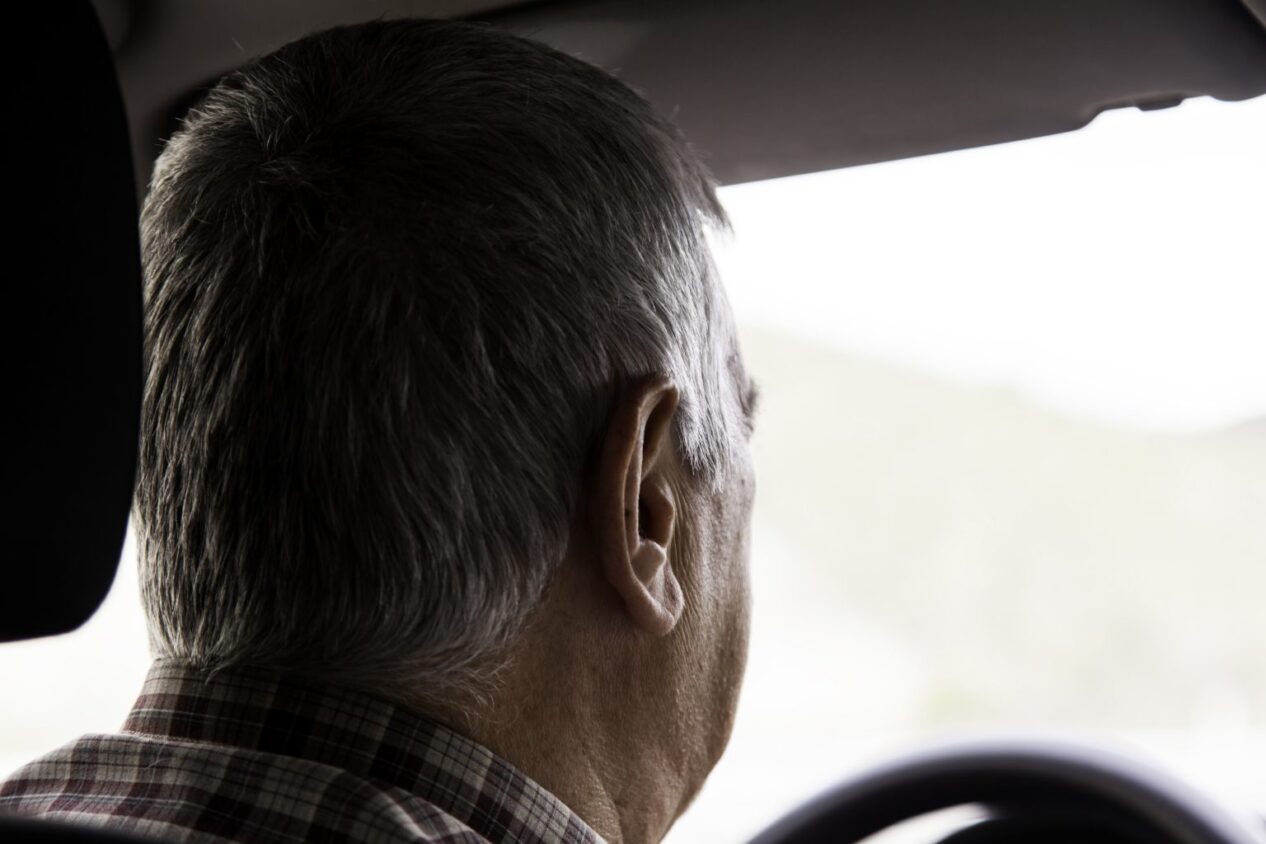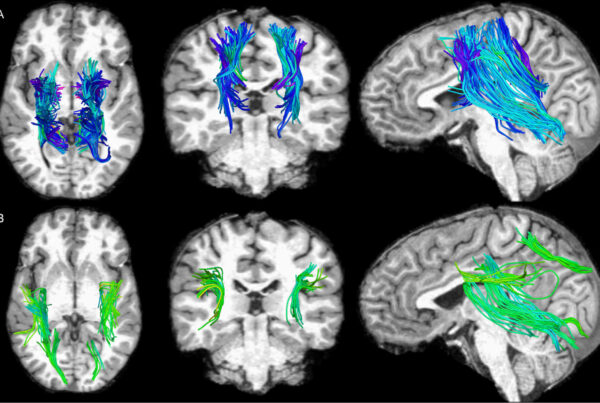 Physical changes can compromise safety, but a car means independence
Physical changes can compromise safety, but a car means independence
Caroline Cicero, PhD, MSW, MPL, is an assistant professor at the USC Leonard Davis School of Gerontology, where she teaches graduate and undergraduate classes on aging policy. She is an active participant in the Los Angeles Aging Advocacy Coalition and works for more age-friendly environments for older adults. This essay originally appeared on Next Avenue on March 8, 2017.
Last week, 12 students in Alabama were injured when a car driven by a 73-year-old man accelerated during a Mardi Gras parade. Investigations into the cause of the crash are continuing, but local authorities have characterized it as a tragic accident by an older driver (there was no indication that drugs or alcohol were involved, the Associated Press reported). This description of the devastating event will likely bring national attention to questions about the safety of older drivers.
Clear answers are hard to come by. But a closer look at current practices and emerging options provides guidance, as well as a glimpse of a future that can focus on ensuring public safety while allowing older adults as much independence as possible.
Impairment Awareness and Older Drivers
People 65 and older make up a large, and increasing, percentage of drivers on the road. By 2050 ,one in four drivers is expected be over 65, according to the National Highway Transportation and Safety Administration(NHTSA).
A number of factors make safe driving more difficult as we age. Older drivers typically experience slower reflexes and reaction times as well as reduced vision, particularly at night. Medications can leave people less alert, drowsy or disoriented.
A few states mandate that physicians report at-risk drivers. But a recent study found no evidence that these requirements reduce crash hospitalizations.
In addition, recent research from the University of Toronto found that people with mild cognitive impairment made as many as three times more driving errors than other drivers.
Assessing Risk for Older Drivers
States vary when it comes to renewing licenses for older drivers, with about two-thirds requiring provisions, including vision and road tests, shortened time between renewals and in-person appearances. The Governors Highway Safety Association provides a list of each state’s policies.
A few states mandate that physicians report at-risk drivers to licensing authorities. However, a recent studypartly funded by NHSTA found no evidence that these requirements reduce crash hospitalizations. It did find that that in-person vision tests may provide a safety benefit.
More research is needed on this issue and NHSTA’s Clinician’s Guide to Assessing and Counseling Older Driversoutlines how health care practitioners can be key partners in helping older drivers maintain fitness and determining whether to keep driving.
When to Take Away the Keys
AARP lists warning signs to look for in older drivers. Some are obvious, like having multiple crashes, citations or close calls. Others are subtler and include delayed response times, decreased confidence and difficulty maintaining the correct lane. Professional driving assessments can provide an independent determination of driving ability. The AAA has a list of resources for driving and clinical evaluations.
In addition, older adults and their family members need to make their own realistic assessments of driving capacity, especially after a hospitalization, a new medication or a fall.
It is our health, not our age, that determines when we need to stop driving, according to NIHSeniorHealth, which offers tips on having “the talk” about driving. Among its suggestions:
- Choose a friend or family member whom the older person trusts to initiate a one-on-one conversation. Avoid “ganging up” on the older driver.
- Focus on facts and safety.
- Discuss alternatives to driving that can help maintain independence.
Facts vs Fears
NHTSA reported in 2016 that after 50 years of declining deaths, car crash fatalities increased among all age groups, with almost one in three fatalities involving drunk drivers or speeding, and one in 10 fatalities involving distraction. Older drivers are less likely to be involved in crashes related to alcohol use, speeding and driving at night, according to the NIH. Also, adults over 60 reported the lowest level of cell phone use while driving in a 2013 AAA survey.
It is important to note that although older drivers are more likely to die in a car crash than other age groups, they are only slightly more likely to cause a crash than other adult drivers. Findings from the Rand Corporation suggest that younger drivers pose a much greater risk to safety than older drivers. When compared to adults 25 to 64, drivers under 25 are 188 percent likelier to cause a crash and those over 65 are 16 percent likelier, according to Rand’s 2007 study.
Future Options
Ridesharing services, including local transit or vans funded by the Older Americans Act ,and private options such as contracted taxis or companies like Uber or Lyft, are increasingly providing alternatives to driving. Religious congregations can increase efforts to consider the transportation needs of older participants, too.
Fully self-driving cars provide the promise of safer driving and increased independence, but that reality may be years away. Forbes recently reported that car companies are urging Congress to set national standards to streamline the testing and deployment of these autonomous vehicles and the level of investment from major players is certainly an encouraging sign.
With increased longevity and growing numbers of older people, attention to age-friendly signage, traffic signals and street design is a must. Safer driving lies in a combination of local and state policies, technology improvements, greater self-assessment by drivers and increased awareness from family members and health care providers.
A focus on real risks, effective preventive measures and clear communication can help improve safety for everyone.





